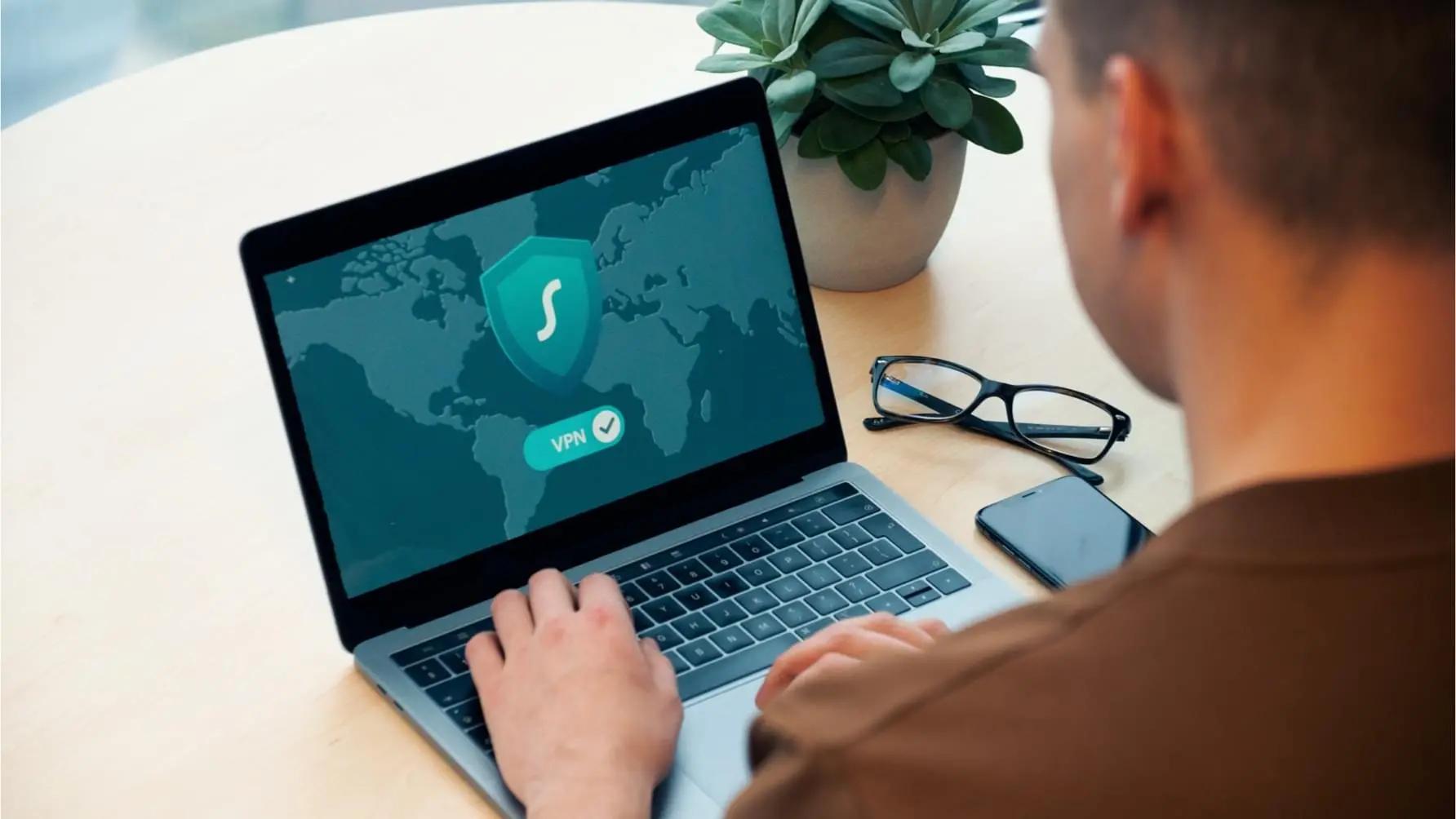Emails, love or hate them, are an essential business tool. Even decades after the original explosion of emails into our business lives, email remains the mainstay of communication. According to research, email is such a ubiquitous technology that we sent and received almost 350 billion emails daily in 2023.
Unfortunately, the tsunami of email has led to its exploitation by cybercriminals. During Q3 2023, the Anti-Phishing Working Group (APWG) observed 999,956 phishing attacks.
Phishing is now so successful that over 90% of cyber-attacks start with a phishing attempt. With emails weaponized to carry out cyber-attacks, how does the average company ensure it does not become a cybersecurity statistic?
Here is TitanHQ’s expert advice on the do’s and don'ts of email security.
Did You Know?
SpamTitan's spam catch rate
a ransomware attack occurs
the average cost to manage spam per person without an email filter
of all email is spam
The Essential Basic Email Security Recommendations
Effective email security is fundamental to protecting your organization against some of the most damaging cyber threats. Email is used as a means of entry into a corporate network. Phishing emails can bring ransomware and other malware into an organization in attachments and malicious links. The theft of login credentials is a common outcome of a phishing email. Social engineering and phishing can also result in Business Email Compromise and stolen company funds. Even accidents involving emails can damage a company's reputation, result in non-compliance fines, and lost revenue.
To provide adequate email security, follow these basic do's and don'ts to encourage and foster robust email security:
Do! Create and Enforce Email Security Policies that Stick
Email security is everyone's concern. However, the tone on how email security is achieved must come from the top and be captured in policies. Your company email security policies must clearly define the rules of use and engagement when using company email. These rules ensure that the security and privacy of email content is an integral part of email creation and receipt. To enforce email security policies, an organization must use layers of protection, including anti-phishing technologies and user education, that encourage proper use of corporate email systems.
Do! Employ MFA
Multi-factor authentication (MFA) is an essential first barrier to phishing prevention. Using multiple authentication factors to protect an email account makes it harder to compromise. However, MFA does not make it impossible to hack an email account. If the account is compromised and comes under the control of a cybercriminal, this can lead to attacks such as Business Email Compromise and data theft.
Do! Use Advanced Anti-Phishing Technologies
Anti-phishing technologies can detect phishing emails and spam. However, modern phishing tactics like QR code phishing, are evasive and difficult to detect and stop. Choose an anti-phishing solution that can apply advanced technologies such as AI and NLP (Natural Language Processing). Email security solutions like PhishTitan apply multiple layers of protection to capture even emerging and zero-minute phishing emails. PhishTitan detects and prevents phishing emails in real-time using AI to detect threats as they arise.
Read more on Zero-minute phishing.
One typical way data is exposed via email is by accidentally sending an email to the wrong recipient. This was found to be a prevalent security problem in healthcare and financial services.
Do! Train and Fake Phish Employees
Good email security practices come from understanding why specific measures are used. Security awareness training and associated simulated phishing exercises educate employees about email security. This training empowers staff with the know-how and methods to prevent cyber-attacks and accidental data exposure. Security awareness is essential as cyber-attackers focus on tricking employees into performing actions that benefit the hacker, such as clicking on a malicious link in an email.
Phishing simulation platforms also train employees to recognize how emails can lead to a cyber-attack. The platform designs realistic but fake phishing emails sent to employees. The fake phishing emails train an employee using interactive sessions, showing what would happen if this was an actual phishing email. SafeTitan provides interactive, behavior-led security awareness training and phishing simulations.
Do! Create a culture of email security
Your staff can help make email security a top priority. Create a "security first" attitude toward emails and their content. This is achieved by regularly using security awareness training.
Regular email security training and phishing simulations help build knowledge and know-how. They also ensure that any changes in cybercriminal tactics are reflected in the training. As employees become more experienced and knowledgeable, a culture of security forms. Staff become aware of the dangers of email misuse, including phishing and accidental information leaks.
Do! Backup emails
Any disruption to the flow or access to emails can cause severe issues for a modern business. Organizations rely heavily on emails for business continuity, communication with customers, and internal communications. A cloud email backup system, like ArcTitan, ensures that email is still accessible if it is accidentally or maliciously deleted or corrupted.
Don’t Forget that Accidents Happen
Encourage good security hygiene. Email security isn't just about external attackers. Insider threats, such as accidental data exposure via email, are common. One typical way data is exposed via email is by accidentally sending an email to the wrong recipient. The Verizon Data Breach Investigations Report (DBIR) found this was a security problem in healthcare and financial services. One way to prevent accidental data exposure via missent emails is to apply DLP (Data Loss Prevention) policies. PhishTitan automatically prevents data loss via outbound emails by identifying potential sensitive data breaches; this stops unauthorized disclosure of information.
Other security hygiene issues include not sharing passwords and safe internet use. Good security hygiene practices should be taught as part of a regular security awareness training program.
Don’t Forget that Cybercriminals are Cunning
One last but crucial thing to avoid is becoming complacent about cyber-attacks. Email security is never an on/off switch. Cybercriminals are continuously changing tactics to evade detection. Email phishing, for example, is becoming increasingly complex and uses multiple parts of an attack chain. Cyber-attackers often target individuals to build trust and manipulate behavior. These concerted attacks cost companies worldwide billions of dollars.
Ensuring a secure email system is about using a mix of best practices and applying advanced anti-phishing technologies like PhishTitan. Successful email security is then the natural consequence of consistently applying the fundamentals.

Susan Morrow
- DATA PROTECTION
- EMAIL PHISING
- EMAIL SECURITY
Talk to our Team today

